Get Your Garage Door Back in Action
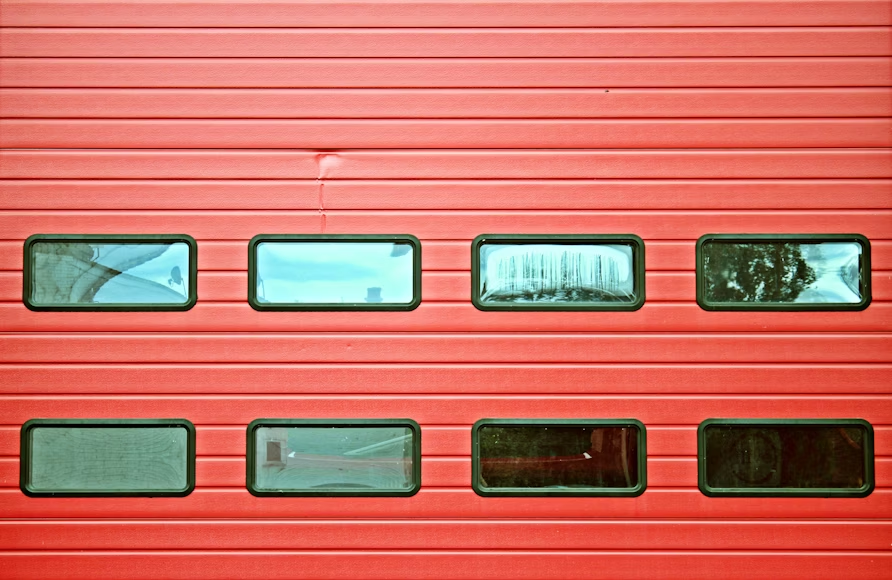
Your garage door is an essential component of your home, providing security for your vehicles and belongings. However, over time, it’s common for garage doors to experience malfunctions. In this guide, we’ll walk you through diagnosing common garage repair door problems, understanding when to tackle DIY repairs, and the importance of prioritizing safety when dealing […]
Which Garage Door is Right for Your Home?

Your garage door is not just a functional part of your home. It’s also an important component of your home’s curb appeal and overall aesthetic. What is the cost to replace your garage door. Choosing the right garage door that complements your home’s architecture, meets your functional needs, and fits your budget can be a […]
Smooth Operators: Garage Door Maintenance Made Easy

Your garage door is an essential part of your home’s security and convenience. It provides a safe and secure space for your vehicle, tools, and other valuable items, and it is often the primary entry point to your home. However, like any mechanical device, your garage door requires regular maintenance to ensure it operates smoothly […]
Exceptional Garage Door Solutions for Your Home
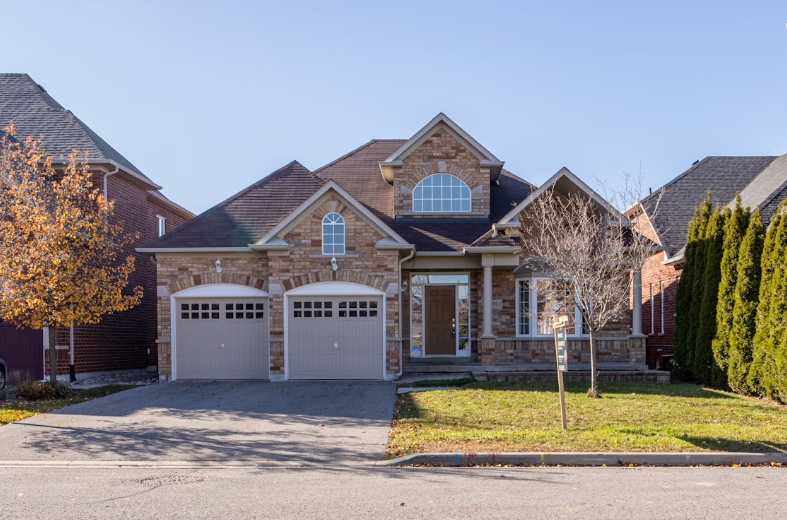
Your garage door is more than just a functional entrance to your home; it’s an integral part of your home’s curb appeal. Over time, however, it can start to look worn out, making your home look uninviting and neglected. With professional car garage door repair services, you can restore your old door’s functionality and beauty, […]
Restoring Functionality: Garage Door Design
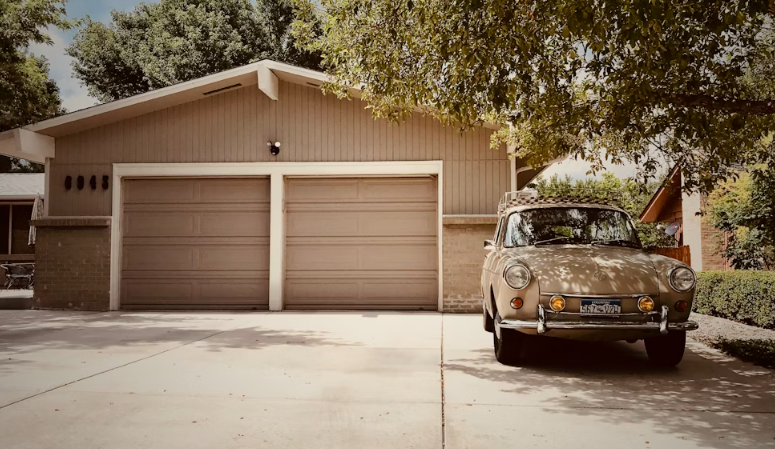
Is your garage door an eyesore, an unwelcome reminder of countless DIY mishaps? Does it groan and creak with each hesitant opening, a daily battle of wills that leaves you longing for a smoother operation? Is a door replacement needed with your home remodel after water damage? Fear not, weary homeowner! The time has come […]
Bitter Cold, Tough Repairs: What Your Garage Needs
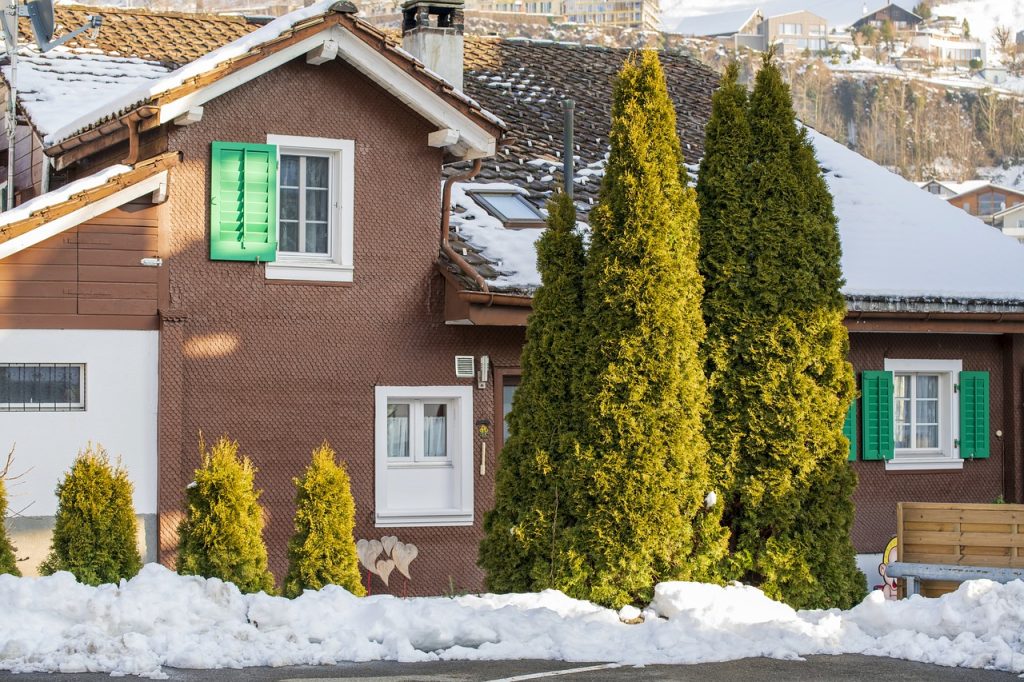
With Toronto’s bitter cold, your garage becomes more than just a space to park your car; it’s a buffer zone between the harsh outdoor elements and the comfort of your home. Save on average house repair cost with planning. Proper insulation is crucial to protect not only your vehicles but also any items stored in […]
A Guide to Winter Garage Repairs
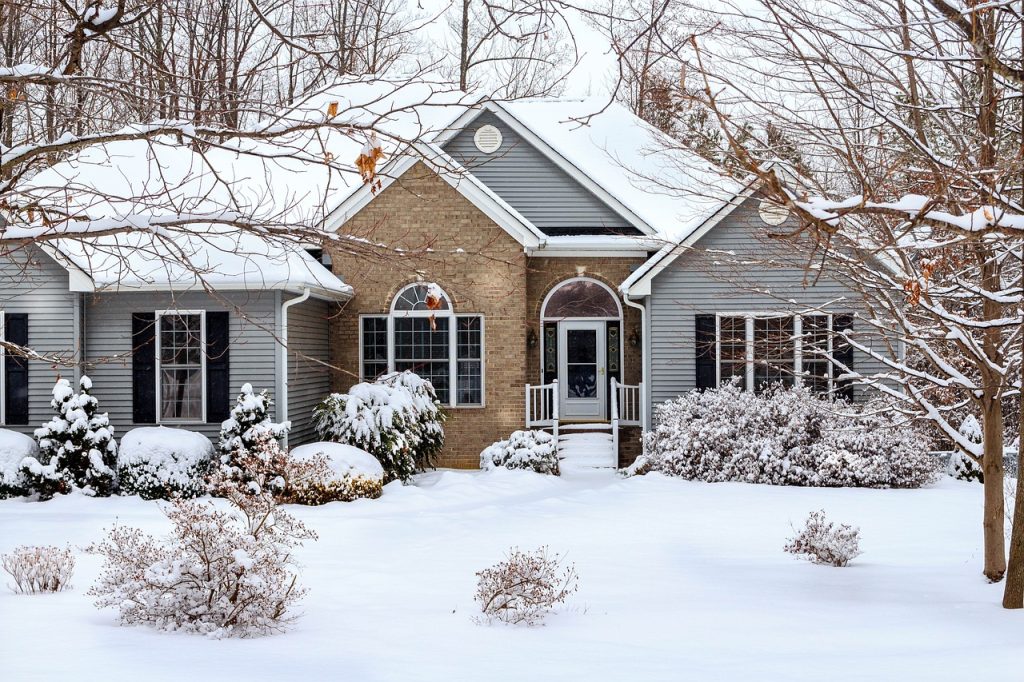
As the cold weather creeps in and the winter season is in full force, it’s important to make sure your garage is ready to handle the harsh conditions. From checking the insulation to fixing any leaks especially for garage big window design or older garages, there are several repairs to ensure your garage is in […]
How Long Does Garage Door Repair Take?
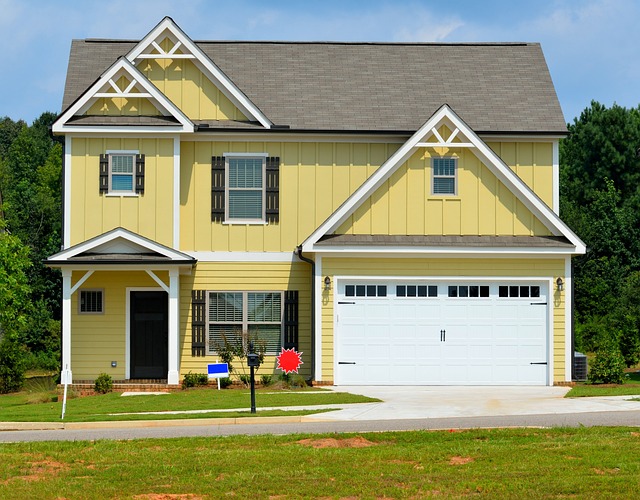
The timeline for garage door repair is a common concern for homeowners in Ontario, particularly those in bustling urban areas like Toronto. Understanding how long garage door service and repair takes is essential for planning and addressing potential disruptions to daily routines. Assessment and Diagnosis: The first phase of garage door repair involves assessing and […]
Can a Damaged Garage Door Be Repaired?
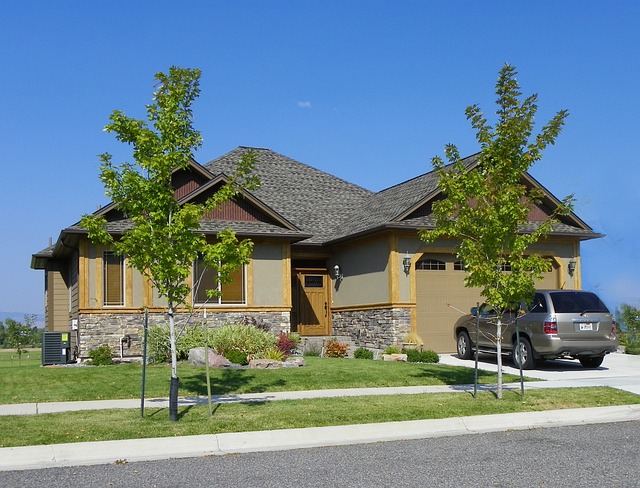
A damaged garage door can be a source of concern for homeowners in Ontario, including those residing in Toronto. Whether the car garage repair damage is due to wear and tear, accidents, or severe weather conditions, the question arises: can a damaged garage door be repaired? Assessment of Damage: The first step in determining whether […]
Can Garage Door Openers Be Hacked?
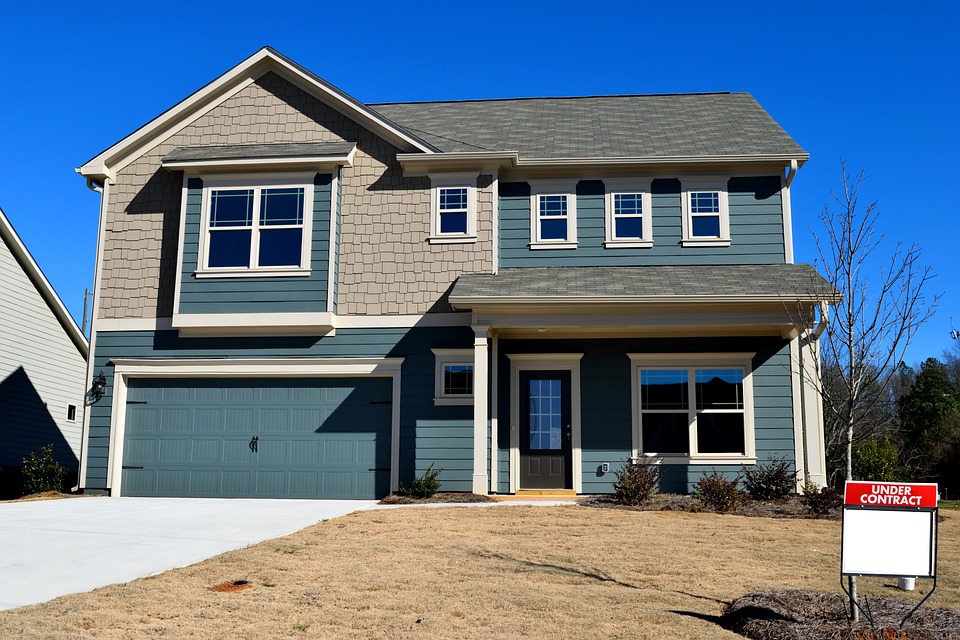
In today’s digital age, home automation systems, including garage door openers, have become increasingly popular. However, with this increased convenience comes an increased risk of cybersecurity threats. Did your garage opener provide the protection you need? It is now more important than ever to understand the potential risks and implement security measures to safeguard your […]
